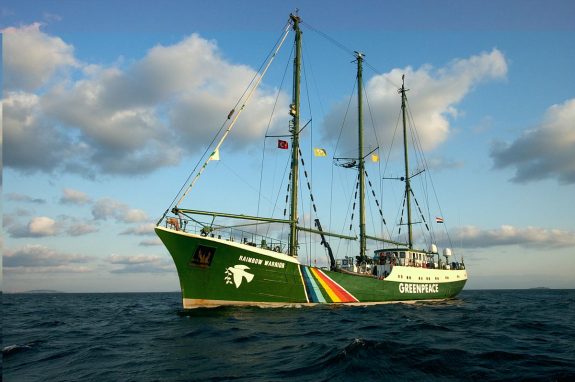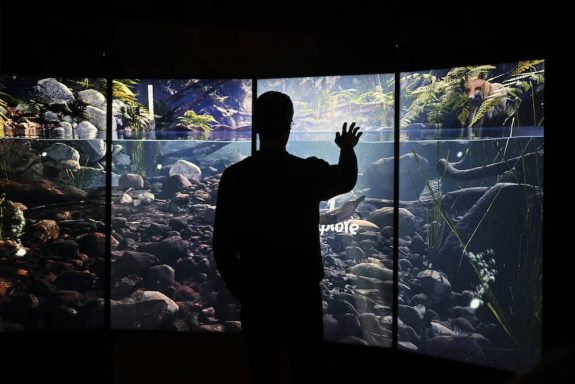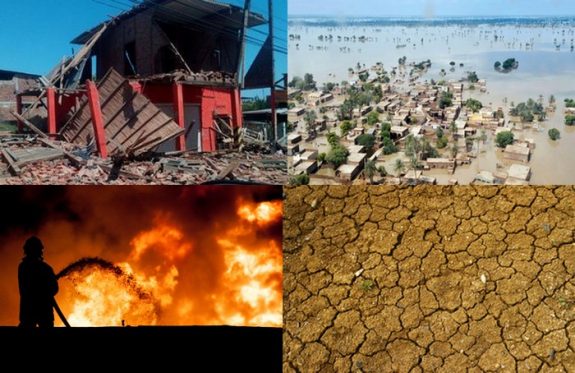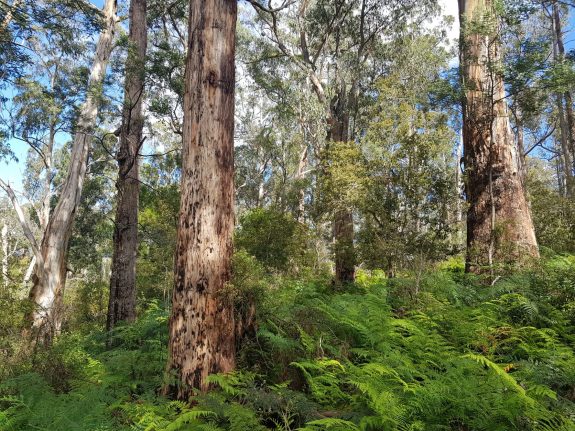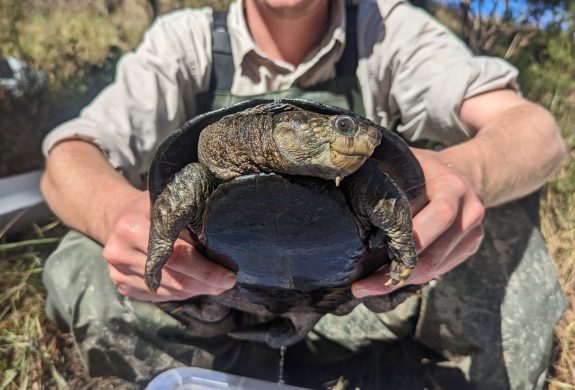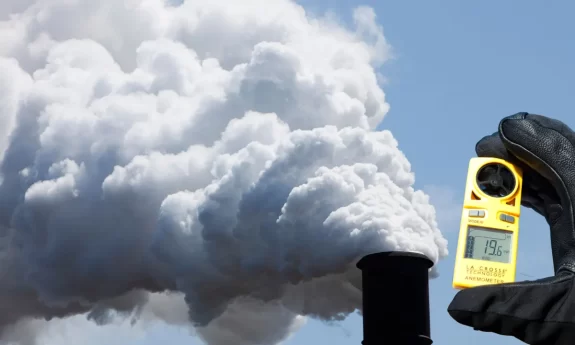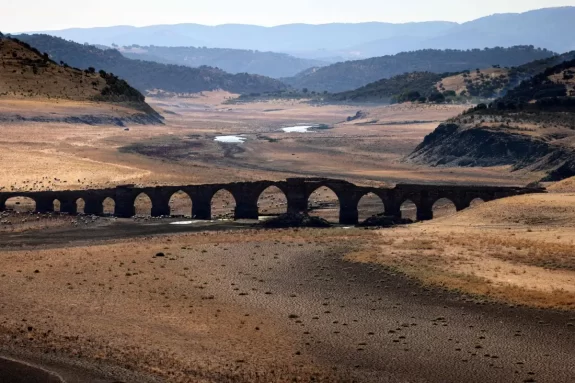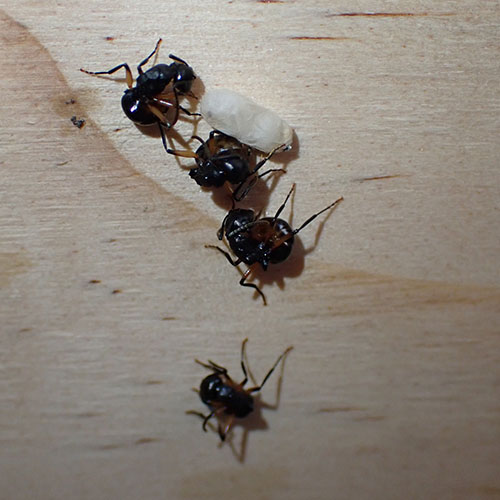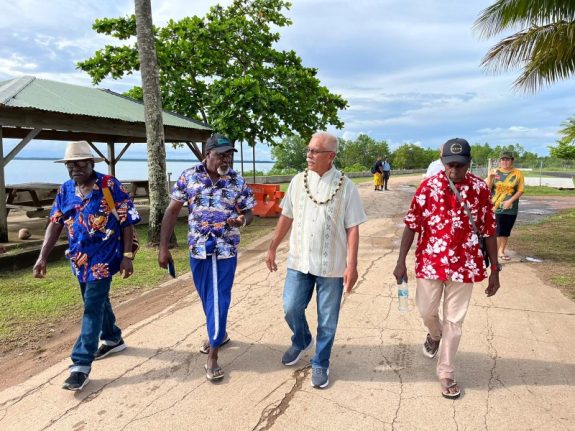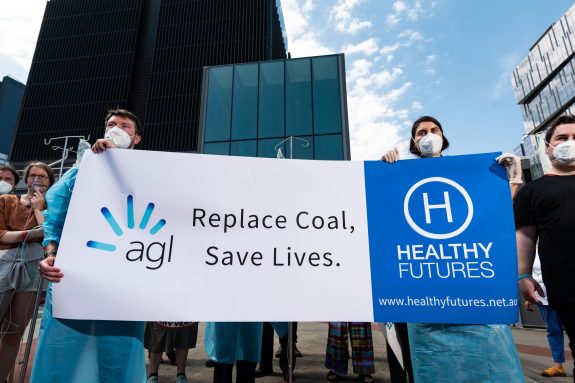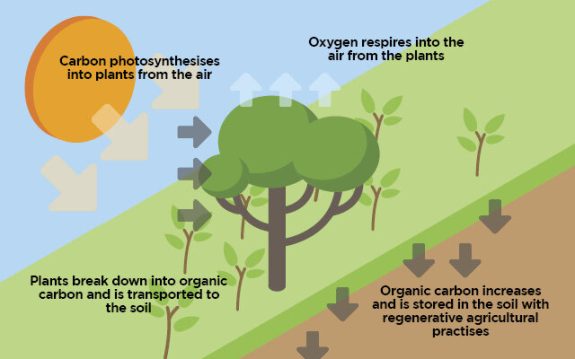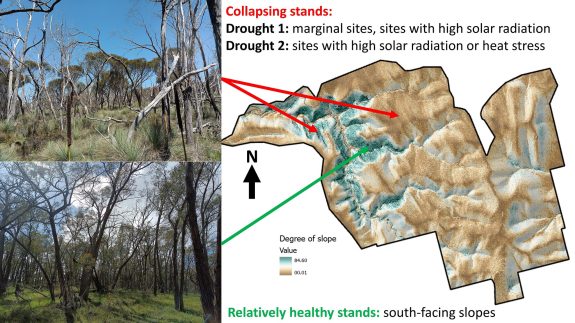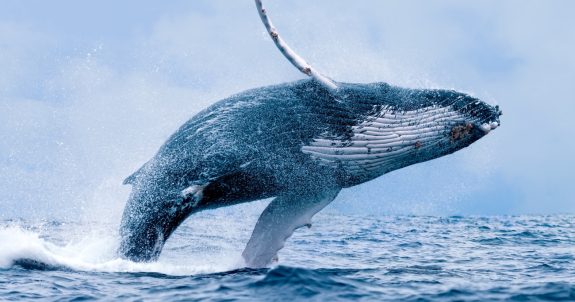Alarming discovery by citizen scientists sparks concerns illegal logging will continue
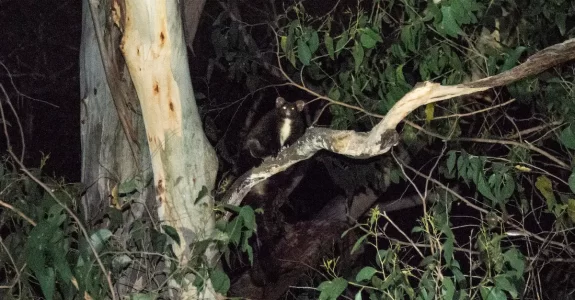
Wildlife of the Central Highlands (WOTCH), Victorian Forest Alliance (VFA) and Victorian National Parks Association (VNPA) Media Release
Citizen scientists from Wildlife of the Central Highlands (WOTCH) and the Victorian Forest Alliance (VFA) have discovered state-owned logging company VicForests has continued to illegally destroy numerous endangered Tree Geebungs while doing ‘regeneration’ works. The area is within the Immediate Protection Areas announced by the Daniel Andrews government back in 2019. One tree knocked over is estimated to be hundreds of years old.
The groups have reported the illegal logging of the endangered plant, calling for VicForests to be charged for violating state environment laws. The Environment Department’s regulator has responded saying they don’t have the power to act on the breach because the protection areas haven’t been formalised.
“State-owned VicForests have once again been caught red-handed. The agency repeatedly flouts the law, while the regulator does nothing to stop them. Despite the government’s plan to bring an earlier end to native forest logging, we hold grave concerns for forests and endangered species like the Tree Geebung, that are still under threat from VicForests destructive logging. VicForests needs to be wound up,” said Chris Schuringa, Victorian Forest Alliance Campaign Coordinator.
While the government has said they are phasing out native forest logging on Jan 1, they have not made a decision about the future of failed state-owned logging agency VicForests.
Tree Geebung (Persoonia arborea) is a mid-story tree found only in the tall wet forests of Victoria’s Central Highlands. Research shows trees over 20 cm in diameter can be hundreds of years old[1]. On 26 October 2022, Warburton Environment Inc. won a landmark Supreme Court case against VicForests over the agency’s failure to protect Tree Geebung from logging. In his judgement, Hon. Justice Garde stated;
“…no attempt was made by VicForests to show that it was not reasonably practicable to protect the significant number of Tree Geebungs… Given the evidence as to the past harvesting and burning practices of VicForests, it is highly likely that significant numbers of mature Tree Geebungs have been lost in the Central Highlands in the past through harvesting and regeneration burning. The precise extent of the loss will never be known, but on the basis of recent records it is likely to amount to many hundreds or even thousands of mature trees.”
“Citizen scientists and volunteer groups have been shouldering the responsibility of finding and reporting countless breaches of the laws for years. Yet the state government recently brought in laws to further criminalise citizen scientists and peaceful protestors, who now face thousands of dollars worth of fines and potential jail time, instead of cracking down on rampant illegal logging,” said Wildlife of the Central Highlands (WOTCH) President Hayley Forster.
“The government must enact proper protections for forests, particularly after Jan 1 when logging is slated to end. Logging has had terrible impacts on forests over the last 50 years, and there’s a lot of important ecological restoration work that needs to be done. But VicForests have shown that it cannot be trusted in that role,” said Hayley Forster.
“These areas were promised to have been protected since 2019, but the government has been slow to formalise, now threatened species are being smashed up in the name of restoration. The forests need real restoration, not further destruction,” said VNPA Executive Director, Matt Ruchel.
“The community has lost faith in VicForests and they need to go sooner rather than later,” said VNPA Executive Director, Matt Ruchel.
Like what we do at The AIMN?
You’ll like it even more knowing that your donation will help us to keep up the good fight.
Chuck in a few bucks and see just how far it goes!
Your contribution to help with the running costs of this site will be gratefully accepted.
You can donate through PayPal or credit card via the button below, or donate via bank transfer: BSB: 062500; A/c no: 10495969










